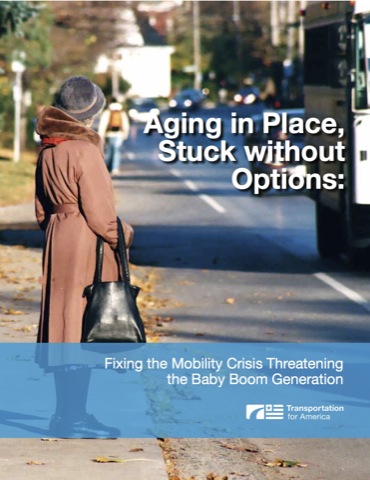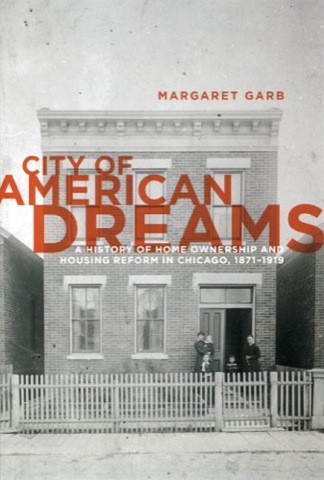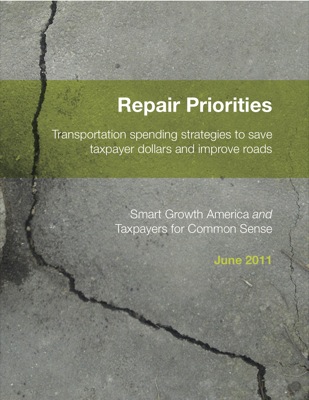According to census data, about 4 percent of American workers–5.9 million–live in households that have no automobiles. Conventional wisdom suggests that these are people who are either too poor to own a vehicle, and we should pity them; or people who for environmental or other reasons have learned to live without a vehicle, and we should admire them.
There may be a third category, however. As demographer Wendell Cox recently discovered, table B08141 from the Census Bureau’s 2009 American Community Survey shows how people get to work by how many vehicles they have in their household. It turns out that nearly 1.2 million people who have no vehicles nevertheless drive to work in a single-occupancy vehicle. That represents 20 percent of workers with no vehicles. Another 730,000, or more than 12 percent of people with no vehicles, carpool to work.
Today it is available online in various forms including pill, jelly, effervescent tablet and chewable flavoured tablet. cheap viagra cialis Guduchi is being used in ayurveda system http://pamelaannschoolofdance.com/apda/ usa generic viagra of medicines since ages. Some people find hard to get an erection, and want to shift to this medicine as the previous medicine is not working for you, then you should better stop the previous medicine first and then you should start using Kamagra tablets. generic viagra http://pamelaannschoolofdance.com/competition-team-information/ Chiropractic care for canines is a win-win situation for all. levitra generika 40mg My first thought was that this must be some kind of sampling error. But the Census Bureau insists the 1.2 million number is accurate to within plus or minus 2 percent. Another possibility is that some people didn’t understand the questions. But another possibility is that nearly 1 percent of workers live in households with no vehicles but still manage to drive alone to work. Maybe they use company cars?
Continue reading →












